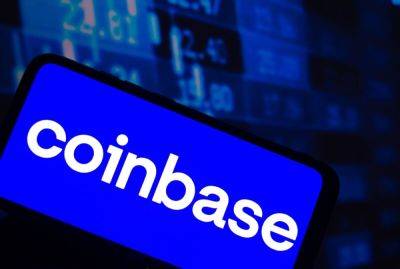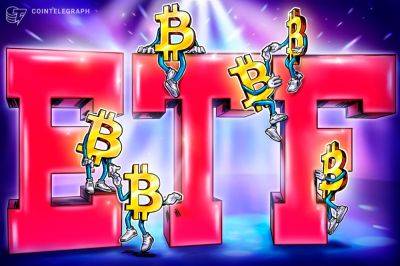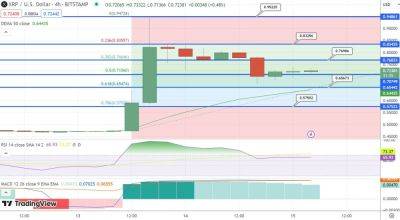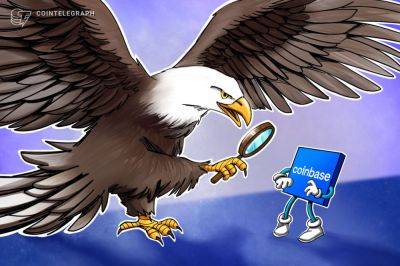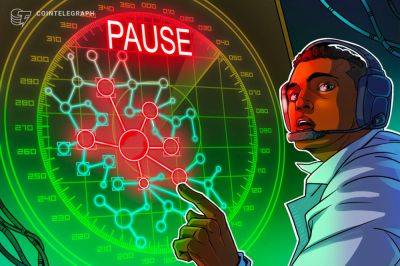Web3 usernames may see greater adoption due to recent advancements
Ever since the Ethereum Name Service (ENS) was launched in 2017, Web3 users have been able to replace the long strings of characters that make up a crypto address with a more easily memorized blockchain username or Web3 domain name. For example, Ethereum (ETH) users can now send crypto to the network’s founder, Vitalik Buterin, at his username of vitalik.eth without knowing that his address is 0xd8da6bf26964af9d7eed9e03e53415d37aa96045.
But despite this advancement making it much easier to identify users, hardly anyone has taken advantage of it. There are over 200 million unique addresses on Ethereum, yet only 2.2 million .eth names were registered as of January. This means that at least 97% of Ethereum addresses are not associated with an ENS username.
This lack of usernames creates user experience problems in the Web3 ecosystem. Just imagine if early email addresses had consisted of long strings of characters that looked like 0x7a16ff8270133f063aab6c9977183d9e72835428 or 0x3A7937851d67Ee2f51C959663749093Dc87D9C9a. If this had been the case, Email may not have survived as a practice.
But despite this initial lack of adoption, there is some evidence that the tide may be turning in favor of Web3 usernames. A few recent advancements in wallet and messaging apps may onboard more users than ever before.
One of these advancements is better wallet integration with free usernames.
Wallets have had the ability to understand Web3 names for a long time. According to Metamask’s changelog, it introduced the ability to send to a .eth name in October, 2017, right after ENS launched. Other wallets have followed suit with this feature, including Coinbase wallet, Trustwallet, and others. Some of these wallets have also integrated with ENS
Read more on cointelegraph.com

